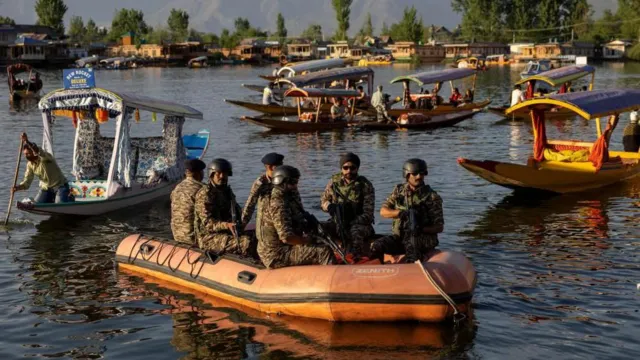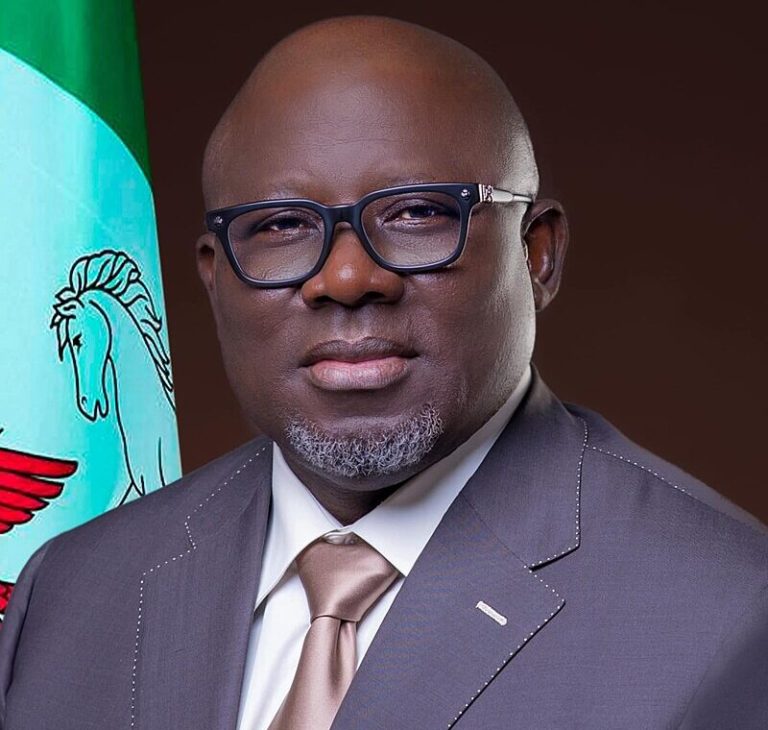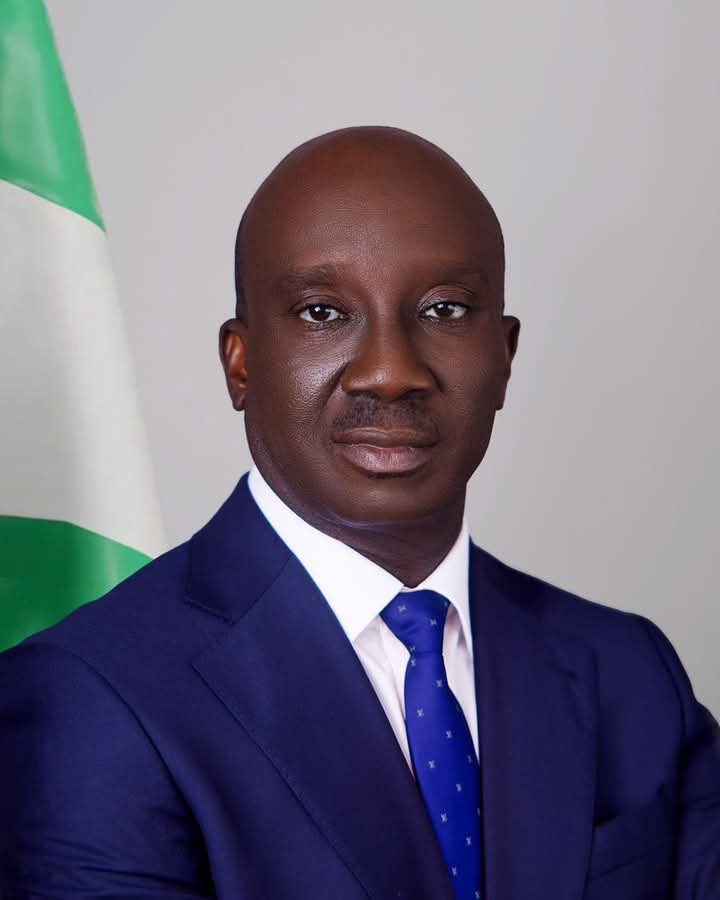
Advertisement
Report originally written by Ido Vock for the BBC News and edited by our managing editor, Kingsley Abavo in Benin, Edo State.
United States of America President – elect, Donald Trump for days now is in the news over his avowed interest in Greenland.
The BBC news reports on Wednesday, 8 January, 2025 that he reiterates his intention to take over the control of the Arctic territory, which is under the authority of Denmark.
Why is Trump talking about this – and why now?
Where is Greenland?
Greenland, the world’s largest island, is located in the Arctic.
According to the BBC; it is the world’s most sparsely populated territory and about 56,000 people live there, mostly indigenous Inuit people.
About 80 percent of its territory is covered by ice, meaning most people live on the south-western coast around the capital, Nuuk.
Greenland is an autonomous territory of Denmark, it is also home to Danish and US military bases, the report said.
Further, it is said the economy is mainly based on fishing while large subsidies from the Danish government account for about a fifth of its GDP.
But in recent years, there has been an increased interest in Greenland’s natural resources, including mining for rare earth minerals, uranium and iron.
These may become more accessible as global warming leads to some of the ice covering Greenland to melt, it was noted.
What is Greenland’s status?
Located geographically within North America, Greenland has been controlled by Denmark – nearly 3,000km (1,860 miles) away – for about 300 years.
The island was governed as a colony until the mid-20th Century. For much of this time, it remained isolated and poor.
However in 1953, it was made part of the Kingdom of Denmark and Greenlanders became Danish citizens.
Going forward; in the quest for self reliance, in 1979, a referendum on home rule gave Greenland control of most policies within the territory, with Denmark retaining control over foreign affairs and defence.
A map showing Greenland’s location relative to Canada, the United States, and Denmark, with Nuuk highlighted as the capital of Greenland. An inset globe marks Greenland’s position in the Arctic region.
Why does Greenland matter to the US?
The US has long maintained a security interest in Greenland. After Nazi Germany occupied mainland Denmark during World War II, the US invaded Greenland, establishing military and radio stations across the territory.
After the war, US forces remained in Greenland. Pituffik Space Base, formerly known as Thule Air Base, has been operated by the US ever since.
In 1951, a defence agreement with Denmark granted the US a significant role in the defence of the territory, including the right to build and maintain military bases.
“If Russia were to send missiles towards the US, the shortest route for nuclear weapons would be via the North Pole and Greenland,” said Marc Jacobsen, an associate professor at the Royal Danish Defence College.
“That’s why the Pituffik Space Base is immensely important in defending the US.“
Meanwhile, China and Russia have begun building up their Arctic military capabilities in recent years, according to an Arctic Institute paper.
The paper called for the US to further develop its presence in the Arctic to counter its rivals, the report said.
Continuing, it was said that on Wednesday, 8 January , 2025, Danish Foreign Minister Lars Lokke Rasmussen held that Denmark was open to discussions with the US, adding that Washington had “legitimate” interests in the region.
“We see a Russia that is arming itself. We see a China that is also starting to take an interest,” Rasmussen said.
Trump is also likely interested in the mining potential across Greenland’s vast landmass, Jacobsen reportedly added.
“Today, of special interest are the rare earth minerals, which have not yet been mined but are in the southern part of Greenland.
“These are immensely important in all kinds of technologies, from cell phones to wind turbines.“
Does the US want full control of Greenland?
BBC reports, Trump has claimed that control of Greenland is essential to US national and economic security.
Though the President-elect’s rhetoric may seem unusual, for over a century a succession of US Presidents have tried to gain control of Greenland.
“The US has tried a few times to push the Danes out of Greenland and take it over as part of the US, or at least to have full security tutelage of Greenland,” said Lukas Wahden, the author of 66° North, a newsletter on Arctic security.
In 1867, after buying Alaska from Russia, US Secretary of State William H. Seward led negotiations to buy Greenland from Denmark, but failed to reach any agreement.
In 1946, the US offered to pay $100m (equivalent to $1.2bn; £970m today) for the territory, judging that it was vital for national security, but the Danish government refused.
Trump also tried to buy Greenland during his first term. Both Denmark and the Greenlandic government rejected the 2019 proposal, saying: “Greenland is not for sale.”
Getty Images shows a remote Arctic landscape in northern Greenland, featuring the Pituffik Space Base (formerly known as Thule Air Base). The image shows three massive white geodesic radar domes positioned on a snow-covered plain. The largest dome is centrally located on a concrete structure, surrounded by other domes.
Getty Images Pituffik Space Base, formerly known as Thule Air Base, has been operated by the US since World War II.
What do the people of Greenland think?
Kuno Fencker, a member of the Inatsisartut, the Greenlandic parliament, reportedly said on Wednesday, 8 January , 2025 that he didn’t see Trump’s comments as a threat.
Fencker, who supports Greenlandic independence, was quoted to have told the BBC that a sovereign Greenland could choose to co-operate with the US on defence.
But when Trump first raised the idea of buying Greenland in 2019, many locals told the BBC they were opposed to the proposal.
“This is a very dangerous idea,” said Dines Mikaelsen, a tour operator who was born and raised in Tasiilaq, east Greenland.
“He’s treating us like a good he can purchase,” said Aleqa Hammond, Greenland’s first female prime minister.
“He’s not even talking to Greenland – he’s talking to Denmark about buying Greenland.“
Credit: BBC News











